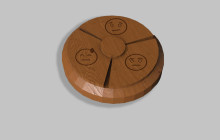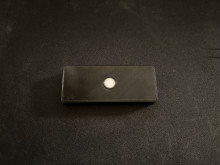Juli McLoone
Library Blogs
Showing 131 - 140 of 1968 items

Join us next Thursday, 20 February, between 4-6p for our next Third Thursdays at the Library event of the semester!

This blog post explores the challenges faced by novice users of the University of Michigan's Library Search interface, drawing on user research conducted with undergraduate students and librarians. The research aimed to understand how students approach library searches, to identify their pain points, and learn how they navigate the Everything results page. By gaining insights into these areas, the research aimed to identify opportunities for improvement and inform the design of more user-friendly library search tools.
•
This Bits & Pieces blog post talks about the Detroit Metro Area Communities Study (DMACS) and its expansion, the Michigan Metro Area Communities Study (MIMACS), and their initial releases of closed-ended response data via the U-M Library's Deep Blue Data platform.
Inspired by his passion for Dutch language and culture, Ton Broos left a legacy of academic excellence and cultural preservation through funds that bring the past to the present.

You Can Creat Any Characters' Headpiece from Scratch!

Printing a custom case for my modular synth

Ithaca is the first of a trilogy of feminist retellings of The Odyssey, focusing on Odysseus' wife Penelope. She is presented as a strong ruler of the island kingdom of Ithaca during her husband's absence. When the island is attacked by pirates, Penelope organizes an army of women to fight them. At the same time, she has to put up with her many suitors and her sulky teenage son Telemachus.

A 3D print of a product called the "Mood Pal" developed as a part of an interaction design class.

